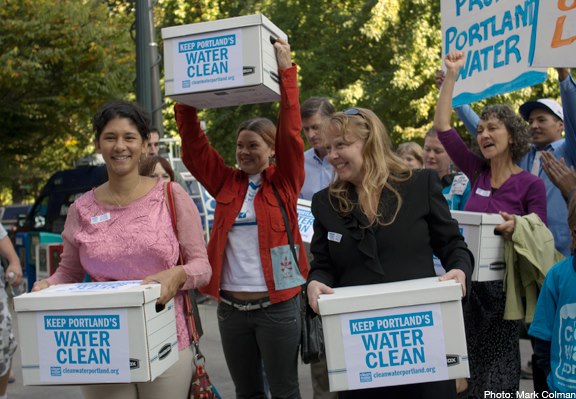By Rick North

On August 10, 2012, readers of the Oregonian newspaper awoke to this front-page headline: “Portland fluoride plans flow quietly”.
The article revealed a behind-the-scenes effort by pro-fluoridationists, led by Upstream Public Health and their paid lobbyist, to persuade members of Portland city council to overturn Portland’s long-standing opposition to the chemical. Residents had voted against fluoridation three times (most recently in 1980).
Since May, Upstream had been meeting with the city water bureau to plan for fluoridation. The first meeting also included a representative from the Oral Health Division of the Center for Disease Control and Prevention (CDC).
Upstream’s “shock and awe” campaign
Starting even earlier, Upstream had been quietly persuading numerous organizations behind the scenes to garner their endorsements. These included the Oregon Dental Association, Oregon Medical Association, Oregon Academy of Family Physicians, Oregon Nurses Association, Oregon Public Health Association, Regence Blue Cross Blue Shield and Kaiser Permanente. Continue reading